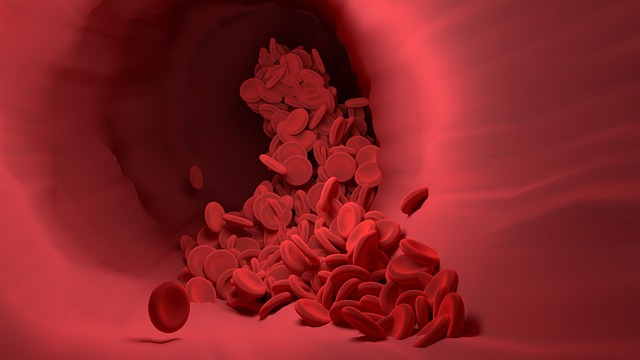Sickle cell disease (SCD) is an inherited blood disorders that affect the shape and function of red blood cells. It is a genetic condition that primarily affects individuals of African, Mediterranean, or Indian descent. In this article, we will explore the causes, symptoms, and treatment options for sickle cell disease.
Causes of Sickle Cell Disease
SCD is caused by a genetic mutation that affects hemoglobin, the protein in red blood cells responsible for carrying oxygen throughout the body. The most common form of SCD is caused by a mutation in both copies of the hemoglobin gene (HbSS), leading to the production of abnormal hemoglobin known as hemoglobin S (HbS). When oxygen levels in the blood decrease, HbS causes red blood cells to become rigid and take on a characteristic sickle shape.
Symptoms of Sickle Cell Disease
The symptoms of SCD can vary in severity and may include:
Symptoms of SCD begin about 6 months of age when the protective fetal blood have been replaced by the abnormal sickled cells.
- Pain Crises: Sickle cell pain crises, also known as vaso-occlusive crises, are episodes of severe, debilitating pain that can last hours to days. These crises occur when sickle-shaped red blood cells block blood flow, leading to tissue and organ damage.
- Anemia: SCD can cause chronic anemia, which results in fatigue, weakness, and paleness due to a reduced ability of sickle cells to carry oxygen. This often requires multiple blood transfusion.
- Frequent Infections: People with SCD are more susceptible to infections, particularly those caused by encapsulated bacteria like Streptococcus pneumoniae.
- Jaundice: The breakdown of damaged red blood cells can lead to jaundice, characterized by yellowing of the skin and eyes.
- Organ Damage: Sickle cells can block blood vessels, leading to organ damage, particularly in the spleen, liver, kidneys, and lungs.
- Stroke: Individuals with SCD are at an increased risk of stroke, especially in childhood.
- Delayed Growth and Development: Children with SCD may experience delayed growth and development.
Treatment of Sickle Cell Disease
While there is no cure for SCD, various treatment options can help manage its symptoms and complications: Ultimately, couples with carrier genes such AS or AC are advised not to reproduce together because of risk of birthing affected offsprings.
During pregnancy, prenatal testing can be done to find out if a baby will have SCD, trait or neither one. The prenatal tests chorionic villus sampling (CVS) and • amniocentesis often are used to find out if the baby will have the disease or carry the trait.
- Pain Management: Pain crises are often treated with pain-relieving medications, such as opioids or nonsteroidal anti-inflammatory drugs (NSAIDs).
- Hydroxyurea: This medication can help increase the production of fetal hemoglobin, which is less likely to sickle. It can reduce the frequency and severity of pain crises.
- Blood Transfusions: Red blood cell transfusions may be required to treat severe anemia and reduce the risk of stroke.
- Hydration: Staying well-hydrated helps prevent the sickling of red blood cells. People with sickle cell disease should drink 8 to 10 glasses of water every day and eat healthy food. Try not to get too hot, too cold, or too tired.
- Antibiotics: Daily antibiotics are often prescribed to prevent infections, particularly in children.
- Bone Marrow Transplantation: In some cases, a bone marrow transplant from a compatible donor can cure SCD.
- Prenatal Screening and Genetic Counseling: Individuals at risk of having a child with SCD can undergo genetic testing and counseling to make informed family planning decisions.
